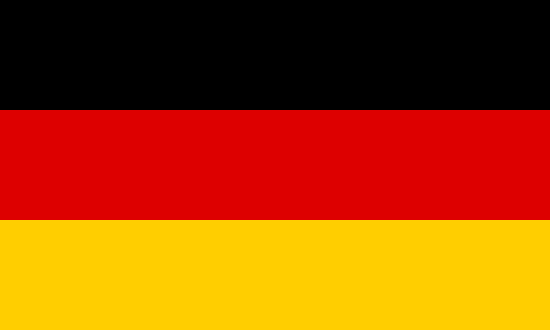"Buten un binnen, wagen un winnen | Outside and inside, dare and win"
About:
Bremen, a city in northern Germany, was founded in the 8th century, becoming an important trade hub due to its location on the Weser River. It joined the Hanseatic League in the 14th century, further boosting its economic status. Bremen endured significant damage during WWII but was rebuilt post-war. Today, it remains a key commercial and cultural center, known for its maritime trade, aerospace industry, and historic sites like the Bremen Town Musicians statue and Bremen City Hall.
When to visit:
Bremen is a charming city in northern Germany that experiences a temperate maritime climate. The best time to visit Bremen for a holiday is during the spring and summer months, from May to September, when the weather is mild and pleasant. This period is ideal for exploring the city's historic sites, such as the UNESCO-listed Town Hall and the iconic Bremen Roland statue. Additionally, the summer months offer various cultural events and festivals that showcase the vibrant local culture and traditions of Bremen.
When to avoid:
Bremen, Germany, experiences its worst travel conditions during the winter months, particularly in December and January. During this time, the city often faces cold temperatures, frequent rain, and occasional snowfall, making outdoor exploration less enjoyable. Additionally, the holiday season can bring large crowds to popular attractions, leading to longer wait times and higher prices for accommodations. Travelers seeking a more comfortable and less crowded experience may want to consider visiting Bremen during the shoulder seasons of spring or fall.
Winter (Dec-Feb)
Winter in Bremen, Germany, typically runs from December to February, with the coldest month being January. Average temperatures range from -1°C to 3°C. Snowfall is infrequent but possible, with rainfall averaging 50mm in the wettest month. Days are short, with around 8 hours of daylight in December, and often overcast. An average day for a visitor might involve brisk walks amidst the charming, frost-dusted cityscape, and warming up in cozy cafes or museums. Despite the chill, the city's festive spirit shines through, particularly during the Christmas market season.
Summer (June - August)
In Bremen, Germany, the warmest part of the year is typically from June to August, during the summer season. The average high temperatures range from 20°C (68°F) to 25°C (77°F), while the average lows are around 12°C (54°F) to 15°C (59°F).
Rainfall during this period is relatively moderate, with monthly averages of about 50mm to 70mm. This makes summer the wettest season in Bremen, but rain showers are usually brief and intermittent.
Sunlight is abundant during the summer months, with an average of 16 to 17 hours of daylight per day. The longest day is usually around June 21st, the summer solstice, with daylight lasting for more than 17 hours.
Humidity levels are relatively high, averaging around 70-80%, which can make the temperature feel warmer than it actually is.
In terms of cloudiness, skies are typically partly cloudy, with clear or mostly clear conditions occurring about 30-40% of the time.
For a visitor, a typical summer day in Bremen would start off cool in the morning, gradually warming up to comfortable, mild temperatures in the afternoon. There's a good chance of experiencing a brief rain shower, but it's usually followed by clear skies. The long daylight hours provide plenty of time to explore the city, while the high humidity might make it feel a bit muggy, especially during the afternoon. However, the evenings are generally cooler and more comfortable.
Language:
In Bremen, a city in Germany, the most commonly spoken language is German. Low German, a regional language, is also spoken by a portion of the population. Additionally, due to international influences and migration, languages such as Turkish, Polish, and Russian are also spoken. English is commonly understood due to its teaching in schools.




